John and Katharine Milverton
Hittisleigh, Exeter
Hittisleigh Barton Woods and Meadows Project, Exeter. Bringing 143 acres into the best condition possible for wildlife
Barton Farm is a 247 acre mixed farm, now with 80 acres of woodland, 14 Km of hedges, 3 acres each of old orchards and marshland, and 1 Km of streams and ponds. We bought it in 2000 on a financial wing and a prayer, intending to manage it for wildlife to the best of our ability so far as time, funds and family life allowed. Since we bought it, we have planted 45 acres of deciduous woods, restored 2Km of hedges and the orchard, dug 5 ponds and created 6 acres of flower rich meadows.
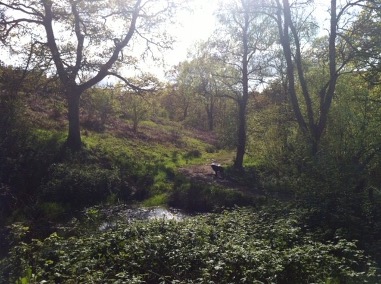
We follow the guidance in ”Habitat Conservation for Insects: a Neglected Green Issue.”, published by the Amateur Entomologists Society (1991) and manage a diverse range of habitats to boost insect numbers, thereby helping bat and bird populations.
We have 35 acres of ancient woodland and a wide range of rare plants, lichens, insects, mammals and birds; in 2013 a maternity roost of the Barbastelle bat was discovered here (one of a handful known in Devon; Barbastelles are rare on a European level); in 2018 swifts colonised our buildings (10 years after swift boxes were installed) and in 2021 we found both churchyard and violet oil beetles.
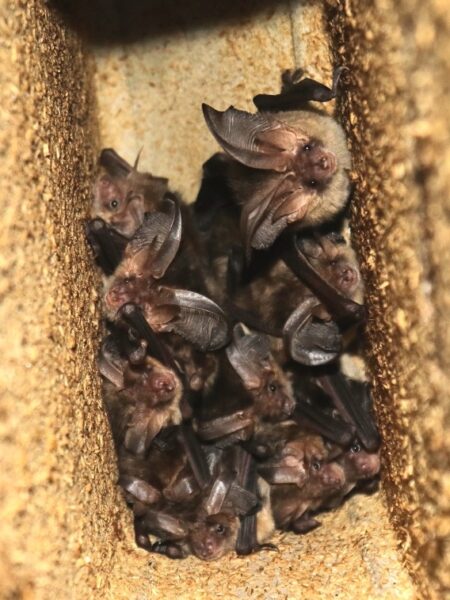
We work hard to boost butterfly numbers and now have large colonies of grassland butterflies including marbled white, ringlets, skippers and gatekeepers, with white admirals and good numbers of silver washed fritillaries in the woods.
In 2015/16 we briefly had a tiny colony of pearl bordered fritillaries, but alas, they disappeared (as have house martins, the wall butterfly and the dingy skipper). We have good populations of grass snakes and slow worms.
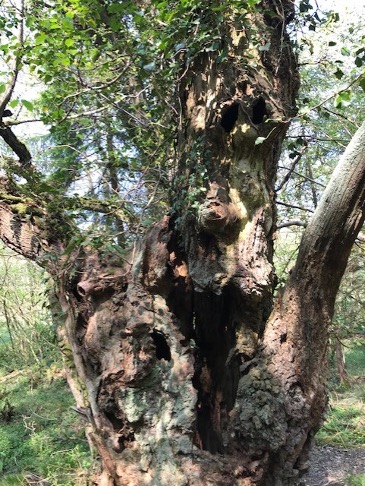
In 2021 we commenced our ‘Hittisleigh Barton Woods and Meadows Project’ with the aim of bringing a block of 143 acres into the best condition possible for wildlife. The block contains nearly all our woodland and existing flower rich meadows, 5 ponds, half our hedges and around 35 acres of arable land.
A key element of the scheme is to convert this arable land to flower rich meadows and bird mixes and in so doing we have the following aims;
1. To create a sward that supports butterflies and other invertebrates
2. To provide nesting opportunities for skylarks and grey partridge and support farmland birds
3. To provide a hay crop
4. To provide an income to support other conservation work
5. To retain the agricultural status of the land
The land is being converted to hay meadows via a 5 year mid-tier Countryside Stewardship Scheme which will cover the costs of the work and provide an income (c£200 an acre). Option AB8 allows areas to be planted to flower and grass rich mixes but imposes strict restrictions on grazing and application of manures.

Grassland butterfly caterpillars do not eat rye grass and different species prefer different grasses and/or birds foot trefoil. We found that many “conservation mixes” contained a limited range of grasses and were mixed generally to be as cheap as possible, to appeal to farmers. We therefore created two bespoke mixes to include all grass species important to breeding butterflies, one based around crested dogstail (our “butterfly” mix) and one designed to produce some hay based around Timothy (the “hay mix”). Yellow rattle was not included (to maintain grass yields), nor buttercups (seeds bound to be there already) but plants favoured by butterflies such as birds foot trefoil and knapweed were included, as were plants that were good for the grazing value of the sward (plantains and white clover). Costs too affected our mixes and poppies and ox eye daisies were a cheap way of boosting flower numbers although we expect them to be outcompeted by grass. The butterfly mix was sown on the poorer ground and the hay mix on the better ground where we felt good hay was more likely.
We did not cut or graze our existing flower rich meadows from March 2020 hoping that this would boost butterfly numbers (they breed better in longer grass) and the new meadows would be better colonised in 2022. As luck would have it, we had our then best year ever for butterflies in 2021 and then an even better year in 2022 with hundreds on the wing and butterflies were seen over the new grassland, hopefully dropping eggs as they went. On the bird front, we had a covey of grey partridges in 2021 but saw none in 2022.
In planting onto former arable land we are breaking one of the “ground rules” of creating meadows, in that the land should not be fertile, whereas ours was and is. This will inevitably lead to a thistle and dock problem (made worse by the limitations on grazing and cutting) which will require many hours of spot spraying to control. In addition, although we bought seed from “old fashioned” grasses and went to great lengths to identify species good for native butterflies, as we bought from a commercial company (who were very helpful) it transpired that the seed came from New Zealand and the “old fashioned” grasses have been agriculturally improved to an unknown extent. A silly mistake and whether antipodean grasses will suit British butterflies is yet to be seen. We have consoled ourselves that as the grass is following arable crops its extra vigour may help reduce fertility and once the Countryside Stewardship Scheme has come to an end in 2025 we can overseed or re-seed with grasses of more local provenance.
It is our intention to graze the fields and use the grass/hay to feed a small herd of cattle, either Shetlands or Devon Reds.
Grazing will be undertaken to keep the sward in best condition for invertebrates, rather than to maximise beef yields
Managing land for nature conservation costs time, money and effort. Over the next decade we hope to carry out 10,000 hours of conservation work and expect to spend around £100,000 on land management (thinning woods, laying hedges, fencing costs), offset by grants and the provision of “incidental benefits” such as beef, venison, firewood and some timber. If we are lucky we might break even, but are not expecting to. The sums expended are similar or less than can be spent maintaining large ornamental gardens but we think it is better to spend the monies and time on giving nature a helping hand.
We want our grandchildren to be able to see a countryside that has birds, snakes and butterflies in it. If we can stand in our new meadows in 2023 or 2024 and see hundreds of butterflies, enjoy the buzz of insects and hear skylarks overhead then all the effort will have been worthwhile. Fingers crossed!
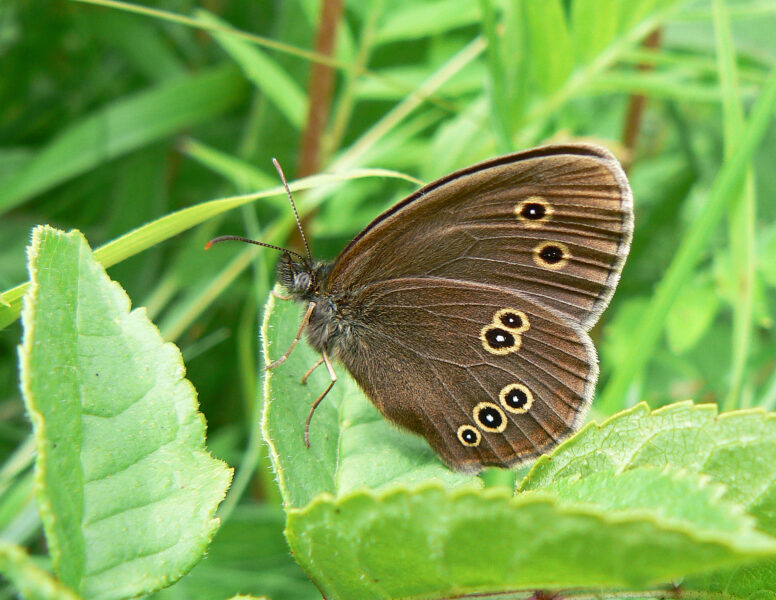
Other "Me and my Meadow" stories
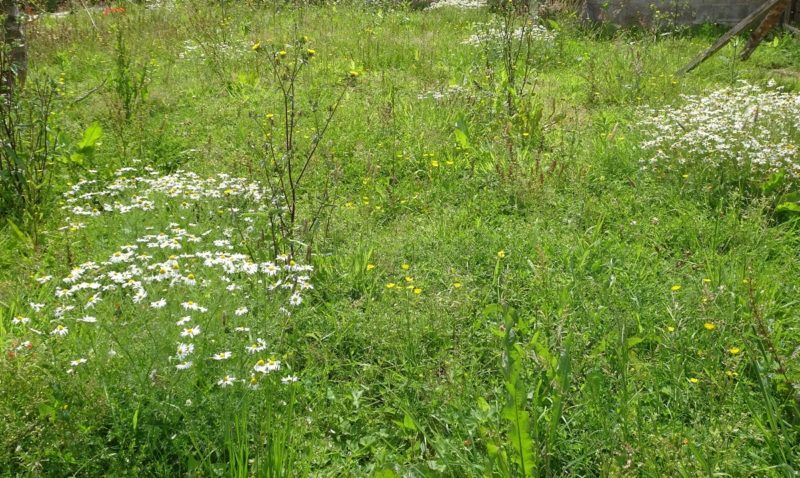
Robert Powell and Jane Emberson
Dousland, near Yelverton
Establishing patches of meadow and other habitats in a garden in west Devon brings in the wildlife
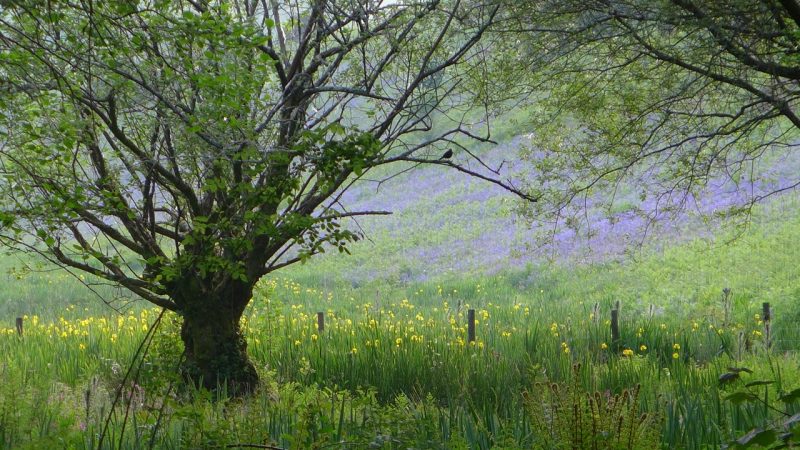
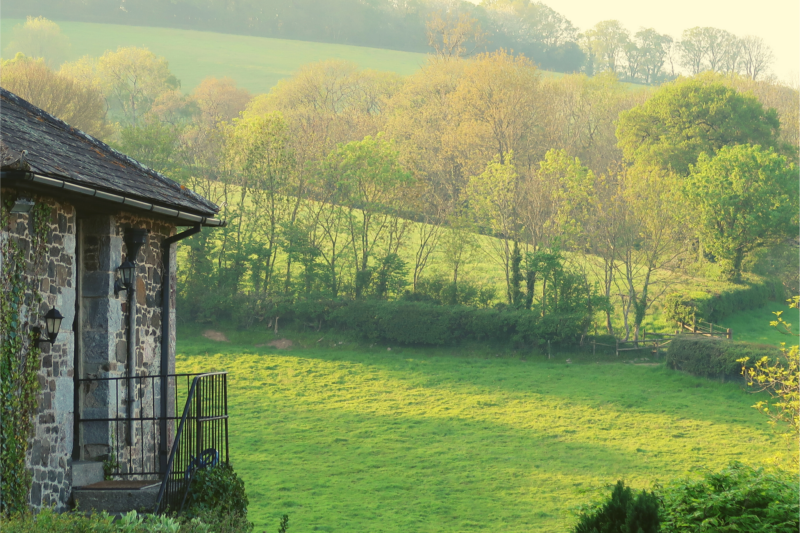
Nick and Sarah Smith
Bickington, Dartmoor
A Dartmoor farm’s focus on improving soil health, sequestering carbon and ensuring its future
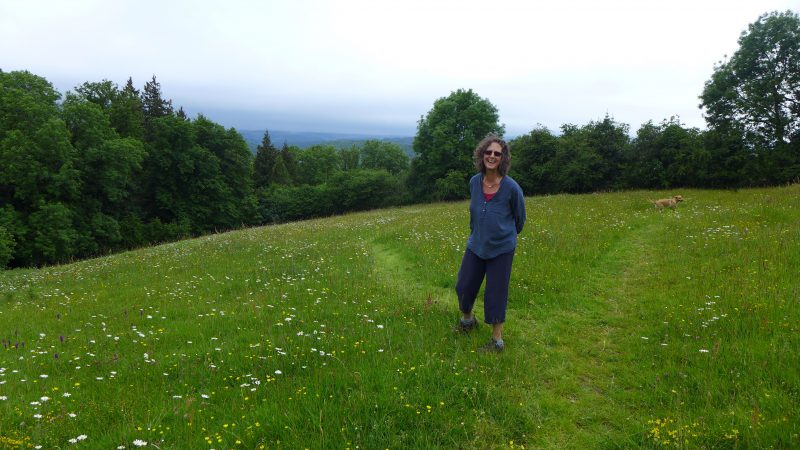
Mary and Charles Staniland
Buckland-in-the-Moor
Four acres of species-rich meadows at Buckland-in-the-Moor that were just waiting for a change in the management in order to reveal their natural treasures.
